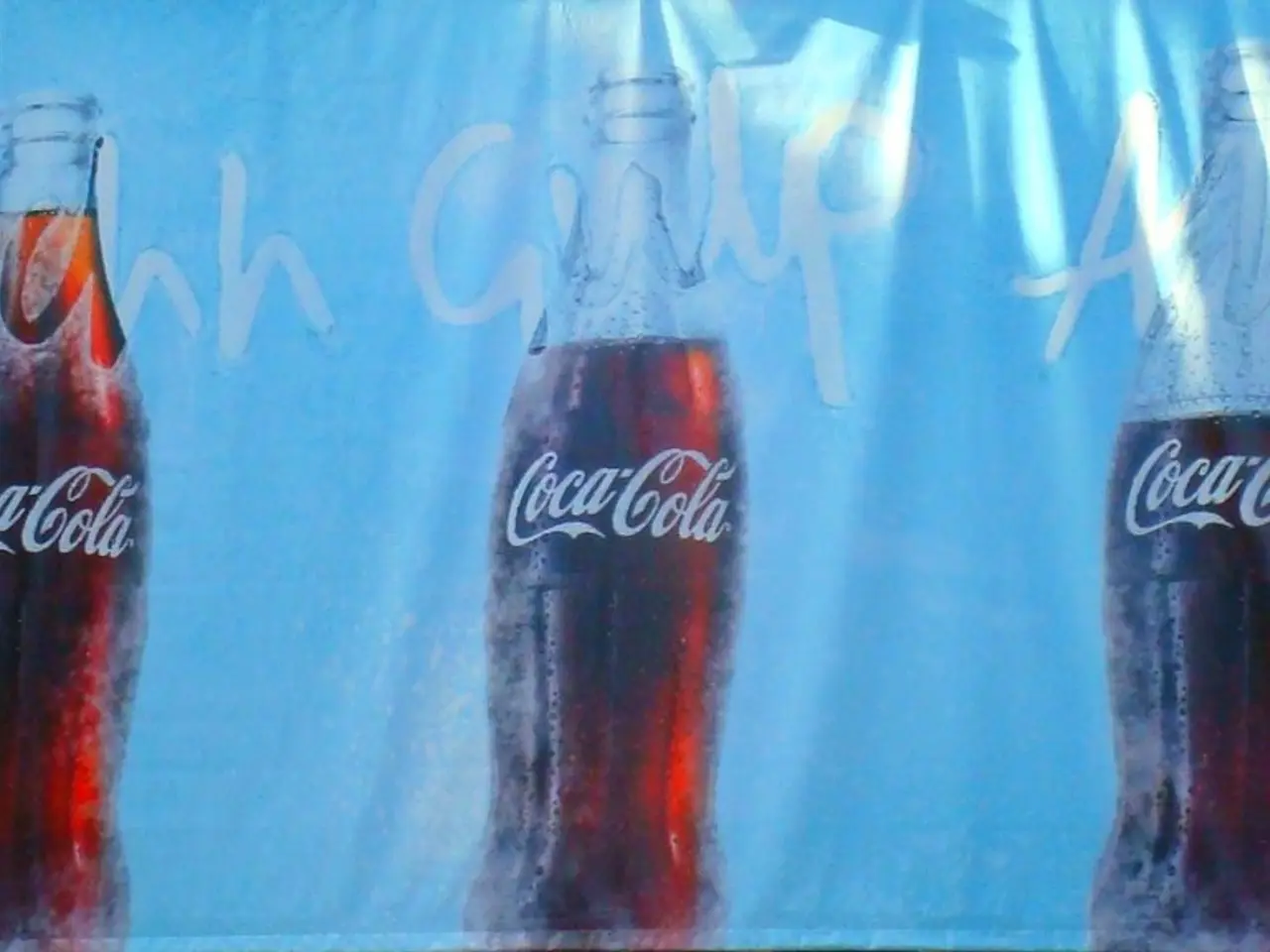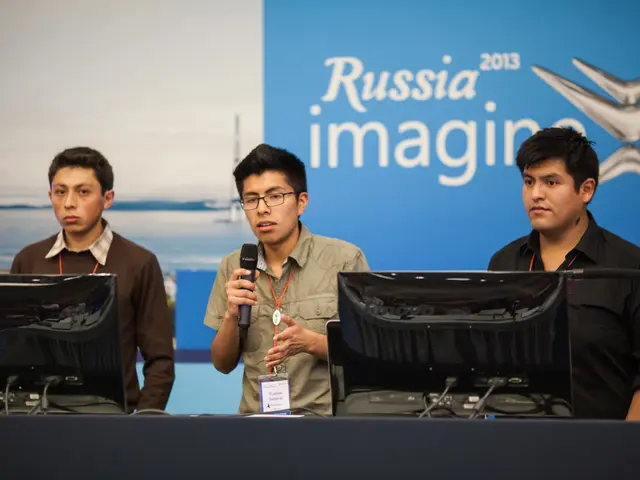Trump's Tariffs Propel Tiruppur Textile Industry to Seek Alternative Trade Destinations
The textile industry in the Indian cities of Tiruppur and Coimbatore is facing a significant challenge due to the potential 50% US tariff on Indian textiles. Exporters in these regions are hoping that a trade agreement between the US and India can be reached before it's too late.
Seventy percent of the bedsheets exported from India go to the US market, making it a major market for these regions. The tariff, if implemented, would steeply increase the cost of Indian textiles in the US, making them less competitive.
The impact of the tariff is severe. Reduced export competitiveness could potentially lower demand for Tiruppur and Coimbatore's textile exports in the US, threatening the sustainability of many textile businesses. This could lead to increased risks of layoffs and factory shutdowns, impacting livelihoods in these regions.
US consumers would also face price increases of around 37% in the short-term and around 18% in the long run. This could decrease demand for Indian apparel products.
The Indian government and industry are responding to the situation. India is pursuing diplomatic efforts and support measures for affected industries, while also exploring diversification to other export markets to reduce dependence on the US.
The textile industry in Tiruppur and Coimbatore exports garments and other textile items worth Rs. 45,000 crores annually. Some exporters are already seeking new destinations due to the potential tariff, and some have already reduced their US dependency as an option to explore other markets.
The US President's announcement of an additional tariff on Indian imports has dampened spirits in the textile industry. However, there is a glimmer of hope. Prime Minister Narendra Modi's visit to the US next week is hoped to help break the deadlock.
The mood was upbeat due to the Free Trade Agreement (FTA) with the United Kingdom and the prospect of an agreement with the European Union (EU). These agreements, if realised, could help India tide over the crisis in six months.
It's important to note that fifty percent of bath towels the US imports are from India. The textile exports in Tiruppur registered a growth of 15% in 2024-25, marking an upward trend.
However, the tariff could have broader economic implications. It could slow India's GDP growth linked to textile exports and increase pressure to develop domestic value chains and alternative markets.
Ravi Sam, a Coimbatore-based industrialist and former president of the Tamil Nadu chapter of the Confederation of Indian Industry, stated that shifting markets would be challenging. He also warned that the exorbitant tariff will have a debilitating effect on the US economy in the medium and long run due to inevitable price hikes.
If the US imposes a 25 per cent additional tariff, it would make Indian goods uncompetitive in the American market. Some customers are already pausing their orders due to the tariff hike concerns. Sabu J Jacob, managing director of Kitex Garments Ltd, expects the current impasse to be over in six months.
In summary, the 50% US tariff imposes severe challenges on the textile industry in Tiruppur and Coimbatore. The long-term industry response may involve diversification of markets and enhanced government support currently underway.
The potential tariff on Indian textiles could lead to increased prices for US consumers, decreasing demand for Indian apparel products (economy). The textile industry in Tiruppur and Coimbatore faces a threat to the sustainability of many businesses, potentially resulting in increased risks of layoffs and factory shutdowns (health, finance, business). The implementation of the tariff could slow India's GDP growth linked to textile exports and increase pressure to develop domestic value chains and alternative markets (policy-and-legislation, economy). On a positive note, Prime Minister Narendra Modi's visit to the US offers a glimmer of hope for breaking the deadlock (politics, general-news). The tariff's impact is severe, and the industry might respond long-term by diversifying markets and relying more on government support (sports, business, policy-and-legislation).




